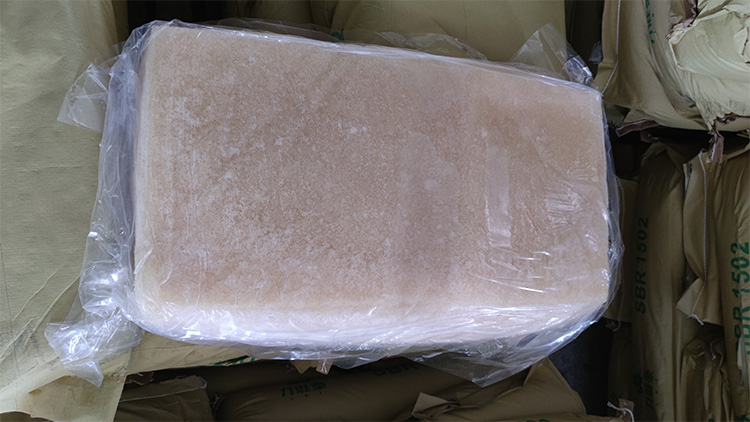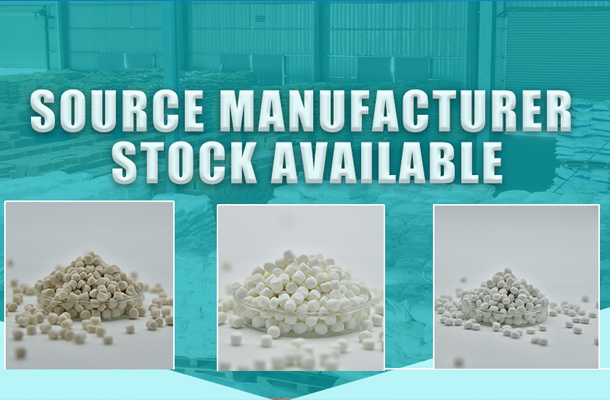The production process of Styrene-Butadiene Rubber (SBR) typically involves several stages, including raw material preparation, polymerization, finishing, and compounding. Here's a general overview of these steps:
1. Raw Material Preparation
- Styrene and Butadiene: These two primary monomers are obtained from petrochemical sources. Styrene is derived mainly from ethylene and benzene, while butadiene is a byproduct of crude oil refining or steam cracking of hydrocarbons.
- Initiators and Catalysts: Chemical initiators and catalysts, such as sulfuric acid, potassium persulfate, or organolithium compounds, are prepared for initiating the polymerization reaction.
- Inhibitors: To control the rate of reaction and prevent premature polymerization, inhibitors may be added to the monomer mix.
2. Emulsion Polymerization
SBR is primarily produced through emulsion polymerization due to its ability to yield fine, uniform particles suitable for rubber products:
- Monomer Emulsion: Styrene and butadiene monomers are dispersed in water along with surfactants to form a stable emulsion.
- Initiation: The initiator is added to start the polymerization process, which occurs at controlled temperature and pressure in a reactor.
- Chain Growth: The monomers react, forming long chains of polymer molecules with styrene providing stiffness and butadiene giving elasticity.
- Coagulation: Once the desired degree of polymerization is reached, the latex is coagulated using acids, salts, or heat to separate the rubber particles from the water.
3. Drying and Devolatilization
- Washing: The coagulated rubber is washed to remove residual emulsifiers, initiators, and other impurities.
- Drying: The washed rubber is then dried to remove excess water, usually in a hot air dryer.
- Devolatilization: To remove any remaining low molecular weight compounds like unreacted monomers, the rubber undergoes devolatilization under vacuum or with the aid of heat.
4. Compounding and Vulcanization
Before being shaped into final products, SBR is compounded with fillers (like carbon black or silica), antioxidants, accelerators, and other additives to enhance its properties. This mixture is then milled or mixed thoroughly to ensure even distribution of the additives.
- Molding or Extrusion: The compounded rubber is then shaped into sheets, profiles, or molded parts through extrusion or molding processes.
- Vulcanization: The shaped rubber articles are vulcanized (cured) using heat and pressure, which cross-links the polymer chains, transforming the material into a usable elastomer with improved mechanical properties and resistance to heat and chemicals.
This process results in SBR with tailored properties suited for various end-use applications, balancing cost-effectiveness with the required performance characteristics.








